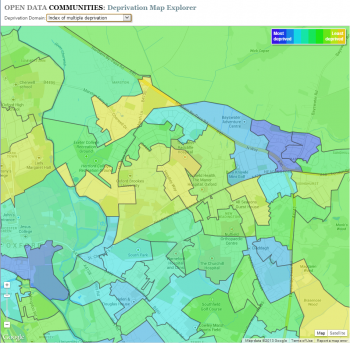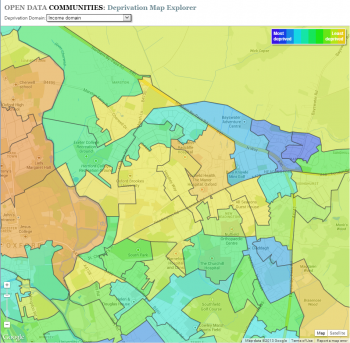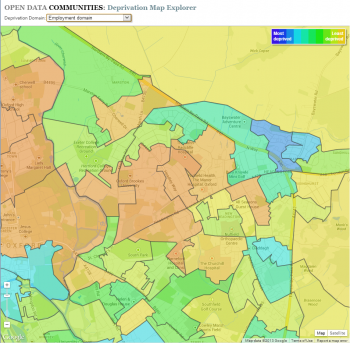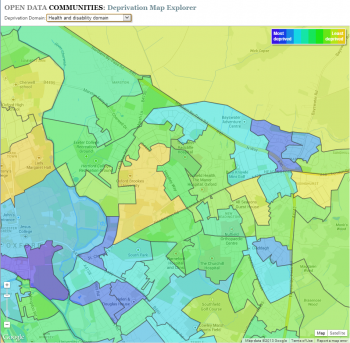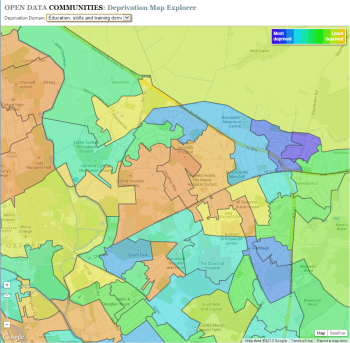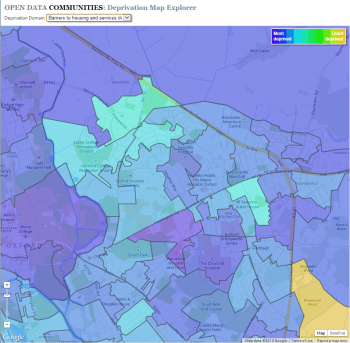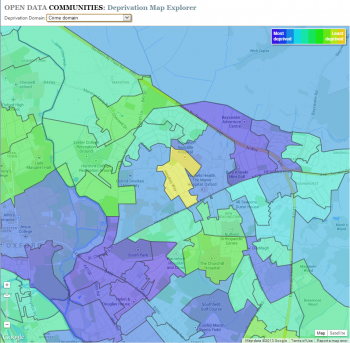Here’s my weekly round-up of local news for 19 – 25 August.
The improvements to the Croft Road cycle path in Marston have been delayed because the company supplying two bridges has gone bust, according to a message on the Marston Cycle Path flood information message board.
The official announcement of the new Headington bus routes finally emerged on Monday. The services are being subsidised with £1.2m from the Department for Transport’s Local Sustainable Transport Fund (LSTF). I assume that’s £0.4m for each of the three years of the initial contracts. Peter Headicar of Oxford Brookes University sent me a considered appraisal.
The people who run Brambles own the business and the premises. They’re selling because they want to retire.
@SunderSandher, who runs the Londis store, has reminded everyone that the shop will soon be open 24hrs a day.
The Wood Farm neighbourhood policing team moved to a new base at the Churchill Hospital on Tuesday.
The planning application to build three houses on the car park next to the Crown & Thistle on Old Road has been approved.
The Prime Minister has a bad back. It is thought he was treated at the Nuffield on Monday.
The campaign by Cllr @laurencepbaxter to persuade Oxfordshire County Council to reinstate the right turn into Risinghurst from the A40 continued. He tells me that if the County Council can’t or won’t fund a crossing with safety improvements – preferably a crossing with lights – it would be difficult to justify re-opening the turn.
Ther are reports that Hill View Farm in Marston may be turned into a conference centre. A twitter account @SaveOxfordFarm has been set up but as yet hasn’t really got going.
My favourite Headington-related tweet of the week:
Active topics on the Headington & Marston e-democracy forum this week:
- Crown and Thistle
- New Headington Bus Routes
- Hill View Farm, Marston

